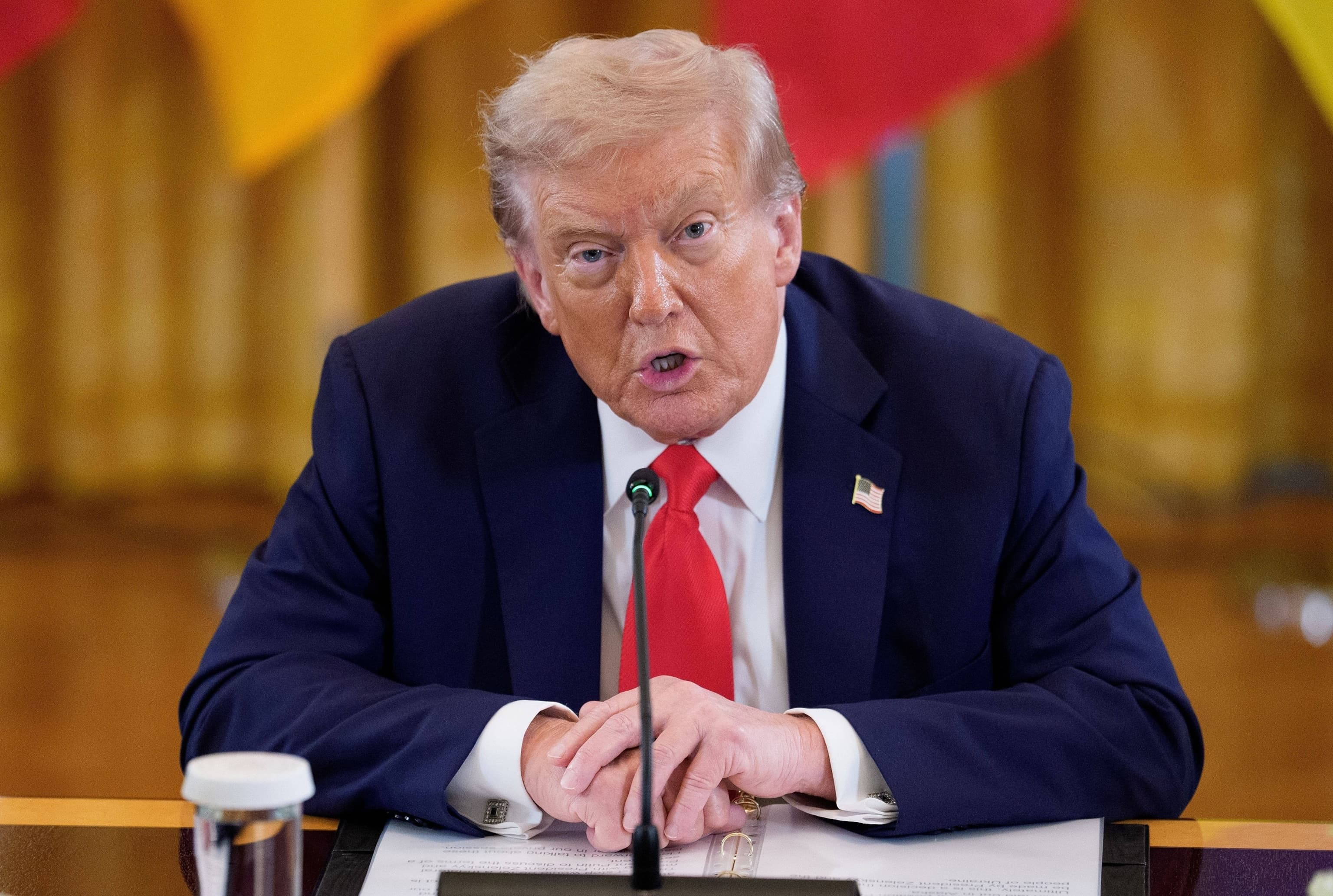New York Post Article Alleges Trump's Smithsonian Actions Aim to Reverse 'Woke Takeover'

A recent article in the New York Post, penned by columnist Jason Riley, asserts that former President Donald Trump's actions concerning the Smithsonian Institution are not an attempt to "erase history," but rather a move to reverse a "destructive woke takeover." The commentary highlights an ongoing ideological battle over the direction and narrative presented by prominent cultural institutions in the United States.
According to a tweet by Jason Riley, linking to his New York Post piece, > "Trump isn't trying to 'erase history' at Smithsonian — he's reversing a destructive woke takeover." This statement underscores a persistent critique from conservative circles regarding what they perceive as an increasingly progressive, or "woke," agenda influencing the exhibitions and interpretations within national museums. Critics often argue that this shift distorts historical narratives and promotes specific political viewpoints.
The debate surrounding the Smithsonian's curatorial choices is not new, with various exhibitions and educational programs having drawn scrutiny from different political spectrums in recent years. Concerns have been raised about the institution's approach to American history, identity, and social issues, particularly from those who believe it has strayed from a neutral or traditional presentation of the past.
Donald Trump, during and after his presidency, has frequently voiced strong opinions on cultural institutions and historical preservation, often aligning with a more traditionalist view and criticizing what he terms "cancel culture" or revisionist history. His administration previously established the 1776 Commission, aimed at promoting a "patriotic education," which was seen by many as a counter to narratives emphasizing systemic inequalities.
Jason Riley, a prominent conservative voice and columnist for the Wall Street Journal, often uses his platform to critique progressive trends in society and culture. His article in the New York Post, a newspaper known for its conservative editorial stance, further amplifies this perspective, framing the engagement with the Smithsonian as a necessary corrective against perceived ideological capture. The ongoing discussion reflects a broader societal tension over how history is interpreted and presented to the public.